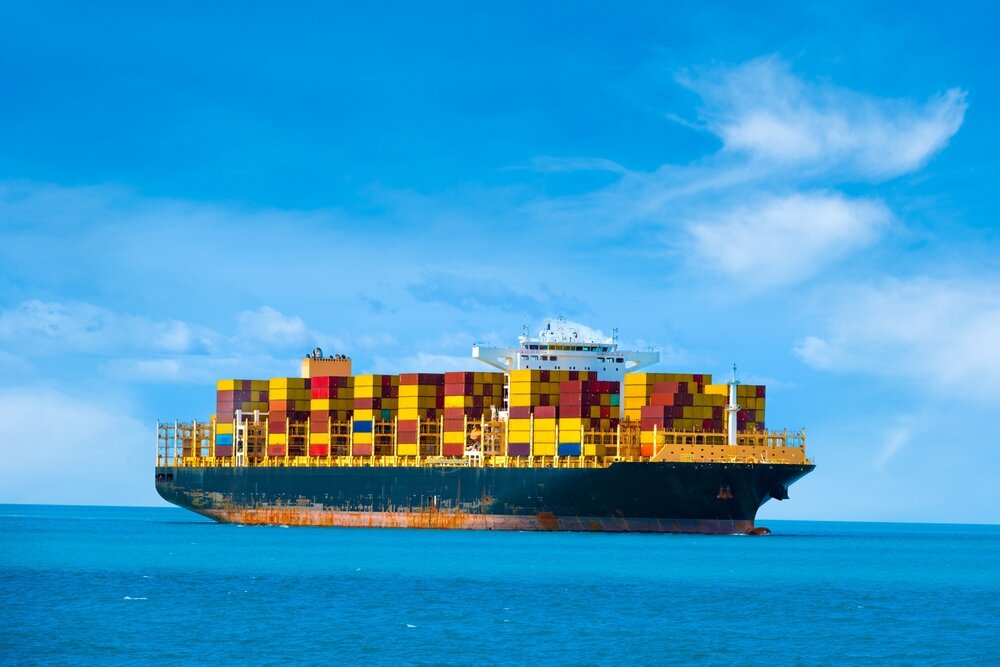Amid escalating US-China trade tensions, Syed Rakin Rahman, Reporter at Port Technology International, sat down with Michael Starr, Vice President of Growth and Expansion at digital freight forwarder Zencargo. Starr shared insights on how new tariffs are impacting shipping volumes, supply chain strategies, and global logistics. Starr also explores Chinese retaliatory measures and their ripple effects across global logistics alongside touching on how businesses and shipping companies are navigating these developments, offering valuable insights into the future of supply chain resilience and investment strategies.
MS: Importers front-loaded goods between the US election and early February, leading to a temporary spike in container traffic in Q4. Now we’re seeing the start of reduced demand as businesses adjust to the tariffs.
MS: China has already imposed new tariffs on US agriculture, coal, LNG, crude oil, and agricultural machinery. More retaliation could follow – agriculture will continue to be targeted, along with individual US companies that may be considered sensitive, which will further increase global shipping costs and disrupt freight capacity.
We would also expect raw materials, especially rare earth metals, to continue to be a lever in China’s pushback.
MS: Since the first administration, most large retailers and manufacturers have adopted a ‘China+1’ strategy, which involves maintaining production in China while expanding operations to secondary hubs to minimise tariff exposure.
Now, smaller importers have no choice but to institute a similar strategy, while larger companies are stepping up by going so far as to implement a China +3 or even +4 strategy to stay ahead.
There’s a noticeable shift towards Vietnam, Malaysia, and India, but supply chain relocation isn’t instant. China’s world-class infrastructure and integrated supply chains mean complete relocation isn’t always viable, particularly for electronics and consumer goods industries.
MS: The ‘First Sale’ provision allows businesses to value their goods at the manufacturer’s price rather than the marked-up middleman price. This is a helpful strategy to reduce duty exposure, but it can be risky if not implemented correctly, because customs security will be high.
Compliance requires robust documentation, and businesses must ensure transactions are legitimate, especially in related-party sales where transfer pricing rules add complexity.
MS: Demand is falling, which means rates likely will continue to fall, despite the carriers’ aims and initiatives to prop the rates up.
MS: Some brands are getting creative by exploring ‘tariff engineering’, which involves adjusting product specifications to fit a different customs category. But watch out as customs scrutiny will be high.
However, most companies are tightening their belts through initiatives such as layoffs, eliminating new CAPEX, reducing OPEX and finding new efficiency gains. They’re reducing expenditures wherever possible because it’s impossible to plan when the geopolitical situation constantly changes. And moving supply chains isn’t a quick fix.
MS: There is considerable uncertainty amidst falling global demand and trade. If the situation persists, the “rules” of global trade will be rewritten. Will today’s trade routes still be the core trade routes in the future?
MS: Global trade is being rewritten in real-time. Southeast Asia is rapidly becoming home to major logistics hubs, with ports expanding to handle new trade flows. The longer these tariffs stay in place, the more permanent these supply chain shifts will become.
Businesses are also rapidly finding new markets and customers for their products, pivoting away from America. If this trend continues, will those shifts ever come back?






